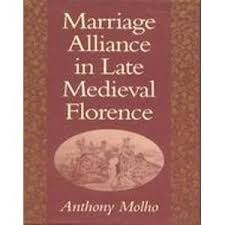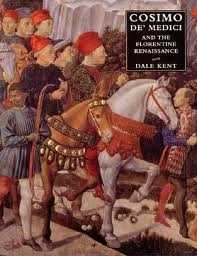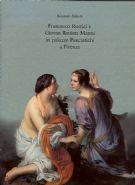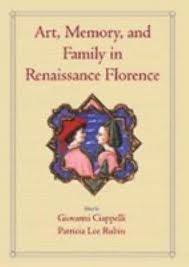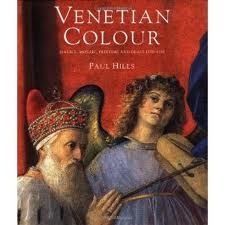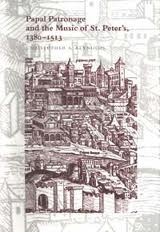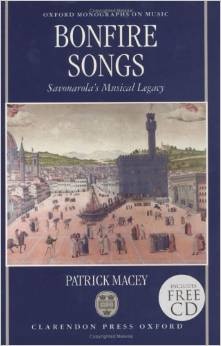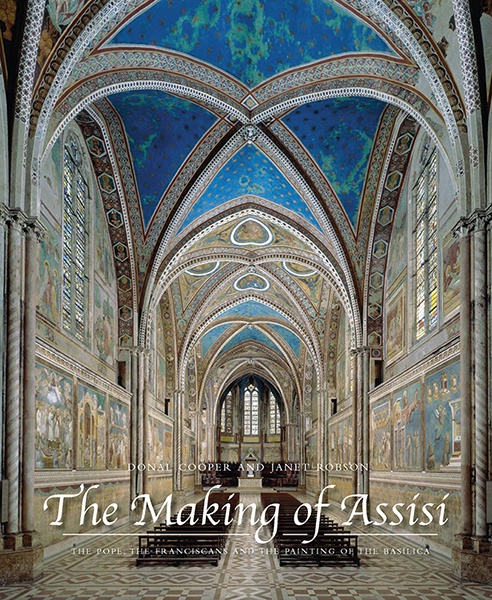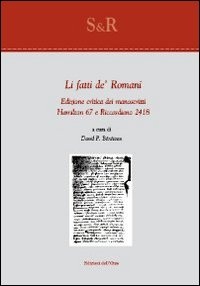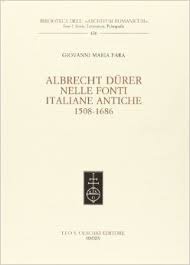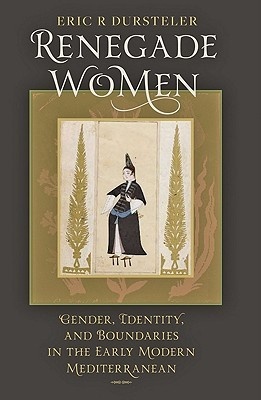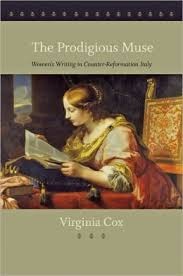1994. Marriage Alliance in Late Medieval Florence. Vol. 114. Cambridge: Harvard University Press, 114, 458. Publisher's Version
Lila Acheson Wallace - Reader’s Digest Publications Subsidy
. 2000. Cosimo De' Medici and the Florentine Renaissance: The Patron's Oeuvre. New Haven: Yale University Press, 537. Publisher's Version Abstract
1997. Francesco Rustici e Giovan Battista Marmi in Palazzo Panciatichi a Firenze. Florence: Centro Di, 31. Publisher's Version
. 2000. Art, Memory, and Family in Renaissance Florence. Cambridge: Cambridge University Press, 316. Publisher's Version
1999. Venetian Colour: Marble, Mosaic, Painting and Glass, 1250-1550. New Haven: Yale University Press, 247. Publisher's Version
2001. Emilio de' Cavalieri "Gentiluomo Romano": His Life and Letters, His Role as Superintendent of all the Arts at the Medici court, and His Musical Compositions. Vol. 86. Firenze: L.S. Olschki, 86, 551. Publisher's Version
. 1995. Papal Patronage and the Music of St. Peter's, 1380-1513. Berkeley: University of California Press, 439. Publisher's Version
1998. Bonfire Songs: Savonarola's Musical Legacy. Oxford monographs on music. New York: Clarendon Press Oxford, 359. Publisher's Version
. 2013. The Library of the Badia Fiesolana: Intellectual History and Education under the Medici (1462-1464). Vol. 26261. Firenze: SISMEL Edizioni del Galluzzo, 26261, 175. Publisher's Version
. 2013. The Making of Assisi: the Pope, The Franciscans and the Painting of the Basilica. New Haven: Yale University Press, 296. Publisher's Version Abstract
. 2012. Li Fatti de' Romani: Edizione Critica dei Manoscritti Hamilton 67 e Riccardiano 2418. Vol. 108. Alessandria: Edizioni dell'Orso, 108, 636. Publisher's Version
. 2013. In Michelangelo's Mirror: Perino Del Vaga, Daniele Da Volterra, Pellegrino Tibaldi. University Park, Pennsylvania: The Pennsylvania State University Press, 218. Publisher's Version Abstract
2014. Albrecht Dürer nelle Fonti Italiane Antiche, 1508-1686. Vol. 426. Firenze: L. S. Olschki, 426, 588. Publisher's Version Abstract
2011. Renegade Women: Gender, Identity, and Boundaries in the Early Modern Mediterranean. Baltimore: Johns Hopkins University Press, 222. Publisher's Version Abstract
. 2011. The Prodigious Muse: Women's Writing in Counter-Reformation Italy. Baltimore: Johns Hopkins University Press, 439. Publisher's Version Abstract

